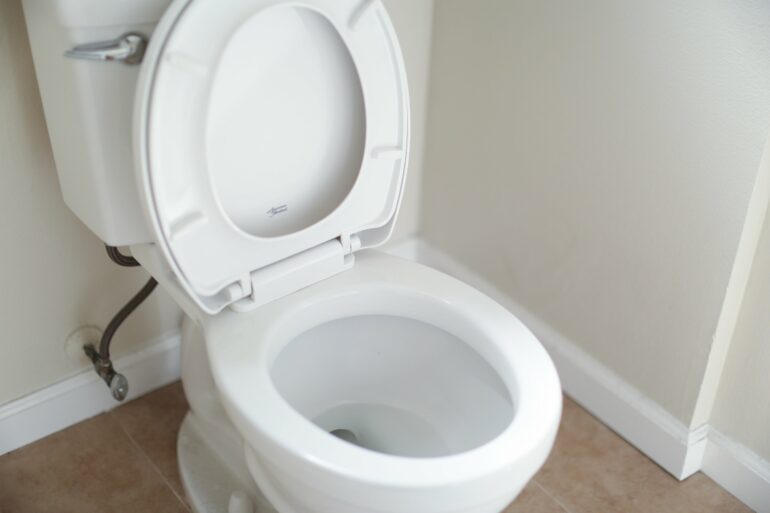In the wake of a pandemic caused by an airborne pathogen, it is easy to forget that many other pathogens are transmitted through very different routes. For instance, many diseases that cause serious and sometimes lethal illness are transmitted through contact with contaminated surfaces and thence to the nose and mouth, other orifices, or even cuts and wounds.
Research in the International Journal of Advanced Intelligence Paradigms has looked at whether or not the Internet of Things (IoT) might be used to help combat the spread of disease commonly associated with poor lavatorial hygiene.
R. Giridhararajan, Ikram Shah, and S. Karthikeyan of Amrita Vishwa Vidyapeetham, the Armita University in Coimbatore, and colleagues Shriram K. Vasudevan of the K. Ramakrishnan College of Technology in Trichy, and S.N. Abhishek of the Cognitive Technology and Innovation Center in Karnataka, India, point out that there are many remote locations with public toilet facilities. Such facilities may not necessarily come under conventional or frequent cleaning and maintenance schedules and so can be a source of hazardous pathogens.
In addition, there are also toilets at airports, railway stations, on ships, and other modes of transport to consider. While some may be regularly cleaned and well-maintained there is always the potential for this not to be the case and for a toilet to become a hub through which many people become infected with a given pathogen.
The team points out that microbes such as staphylococcus, E. coli, and streptococcus as well as norovirus and other viruses can cause serious health problems. Children, older people, and those with pre-existing health conditions may be most at risk of sickness and even death.
A frugal IoT-based system has now been developed by the team that could be used to monitor and help with the hygiene of lavatories. The system uses various sensor inputs, allowing real-time monitoring, data collection, and user feedback on lavatory conditions. Automated alerts generated by the system prompt necessary cleaning and maintenance as required.
Such a system ensures quality levels can be maintained and reduces the burden from frequent cleaning to necessary cleaning where facilities have been used little. While, ideally, all lavatories would be cleaned frequently and thoroughly, where staff and budget are constrained, IoT monitoring could ensure that hygiene issues are addressed in a timely manner at well-used and toilets that have become unacceptably dirty while reducing the urgency of cleaning facilities that are little used and generally clean.
The researchers add that integrating machine learning into the system could improve efficiency still further by predicting usage and soiling patterns over time.
More information:
R. Giridhararajan et al, A system to prevent toiletry (lavatory)-based diseases such as norovirus, staphylococcus, escherichia and streptococcus through IoT and embedded systems, International Journal of Advanced Intelligence Paradigms (2023). DOI: 10.1504/IJAIP.2023.135027
Citation:
Flushed with success: Internet of Things cleans up bathroom hygiene (2023, November 30)



